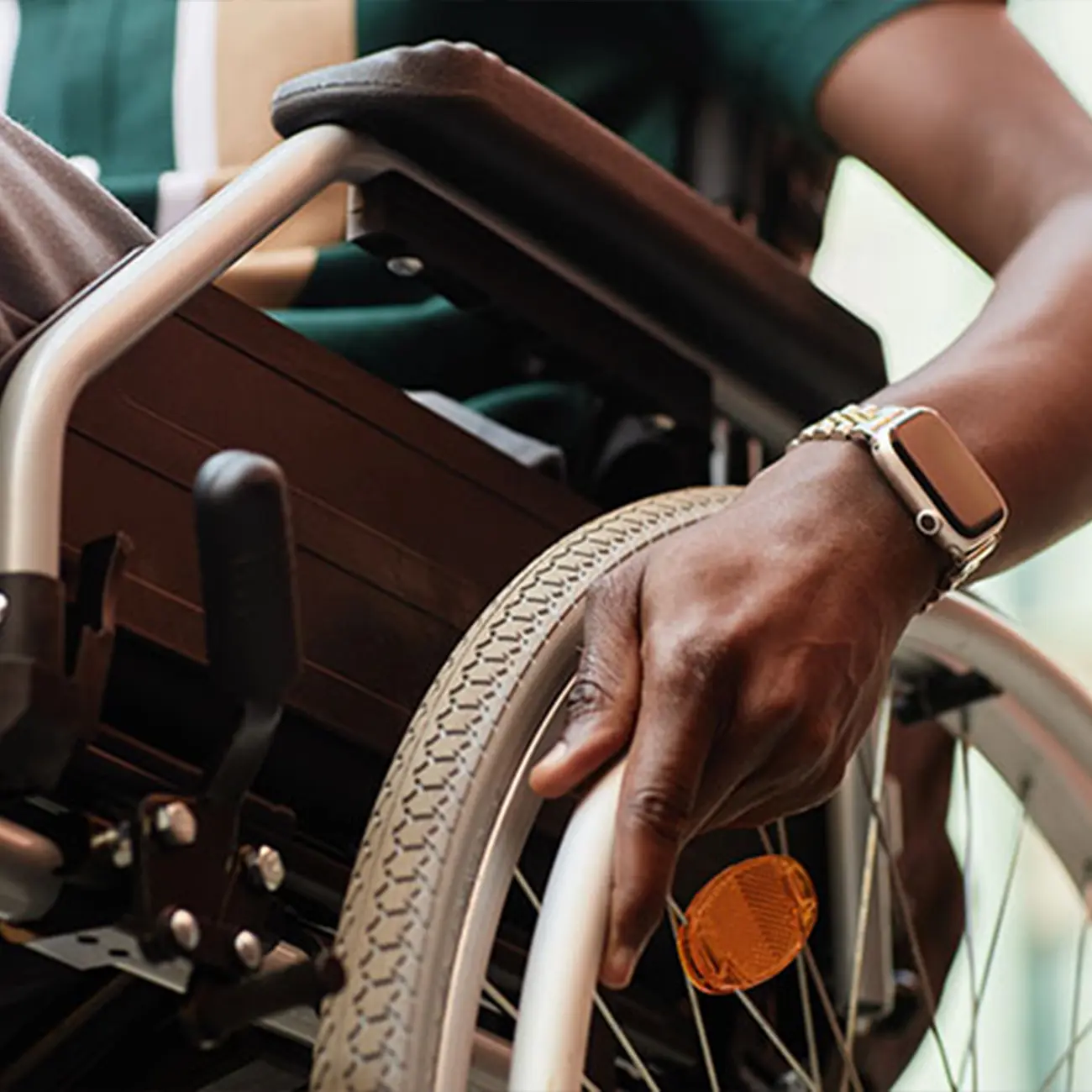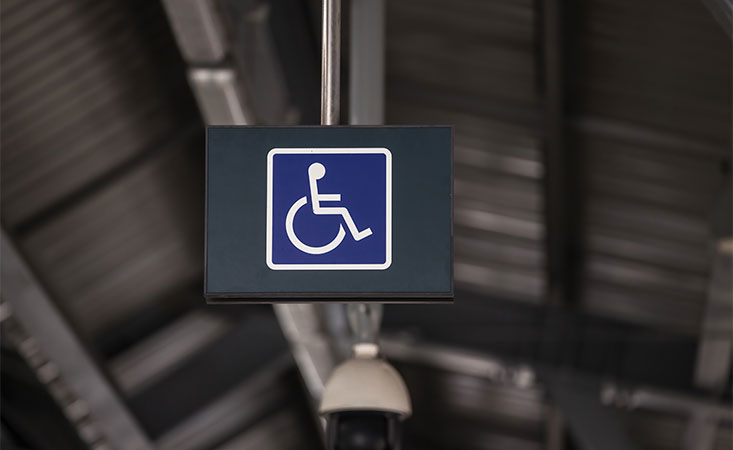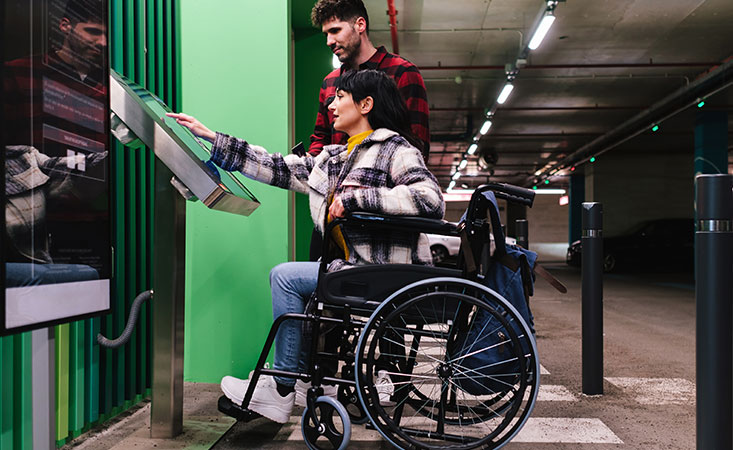
Top Tips for Ensuring Accessibility in Event Planning
At Grooveyard, we believe that great events are inclusive events. Accessibility isn’t just a compliance box to tick—it’s a mindset that ensures every attendee feels welcome, engaged, and empowered to participate fully. As event professionals, it’s our responsibility to create experiences that everyone can enjoy, regardless of physical, sensory, or cognitive ability.
Here are our top tips for ensuring accessibility is at the heart of your event planning:
1. Start with Inclusive Design
Build accessibility into your planning from the very beginning. Choose venues that meet (or exceed) accessibility standards, with features like step-free access, accessible restrooms, elevators, and clear signage.
Pro Tip: Visit the venue in person and walk the space with accessibility in mind—don’t just rely on the brochure.
2. Make Your Digital Content Accessible
From registration forms to event apps, ensure all digital touchpoints are screen-reader friendly, use clear fonts, and avoid colour combinations that may be hard to distinguish for people with visual impairments.
Use alt text for images, provide captions for videos, and avoid relying on colour alone to convey information.
3. Offer Multiple Ways to Engage
Not everyone interacts with content in the same way. Provide written transcripts of spoken presentations, use sign language interpreters, and ensure that speakers use microphones—even in small rooms.
Consider offering sensory-friendly zones or quiet rooms for neurodiverse guests.
4. Train Your Team and Suppliers
Awareness and empathy go a long way. Train your staff and event crew on accessibility best practices and how to assist attendees respectfully and effectively.
A well-informed team can make a world of difference for someone who needs support.
5. Ask, Don’t Assume
Include a question on your registration form asking attendees if they have any specific access needs. People are the experts in their own experience—listen, and plan accordingly.
“What can we do to make your experience more comfortable?” is a powerful starting point.
6. Test the Experience
Run accessibility checks before the event. If possible, invite people with lived experience of disability to review your setup and provide feedback.
A short test run can prevent major oversights on event day.
7. Communicate Accessibility Clearly
Let attendees know what accommodations will be available—on your website, in emails, and printed materials. This gives people the confidence to attend and participate fully.
Transparency builds trust and sets the right expectations.
At Grooveyard, we’re committed to building events that leave no one behind. Accessibility isn’t a trend—it’s a standard. And by embedding it into our planning process, we not only comply with legal requirements—we create experiences that are truly inclusive, memorable, and meaningful.
Let’s raise the bar, together.






